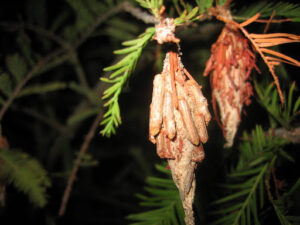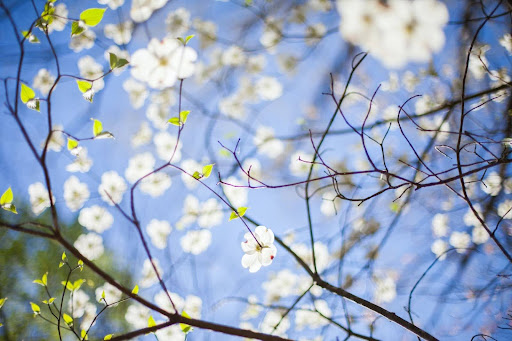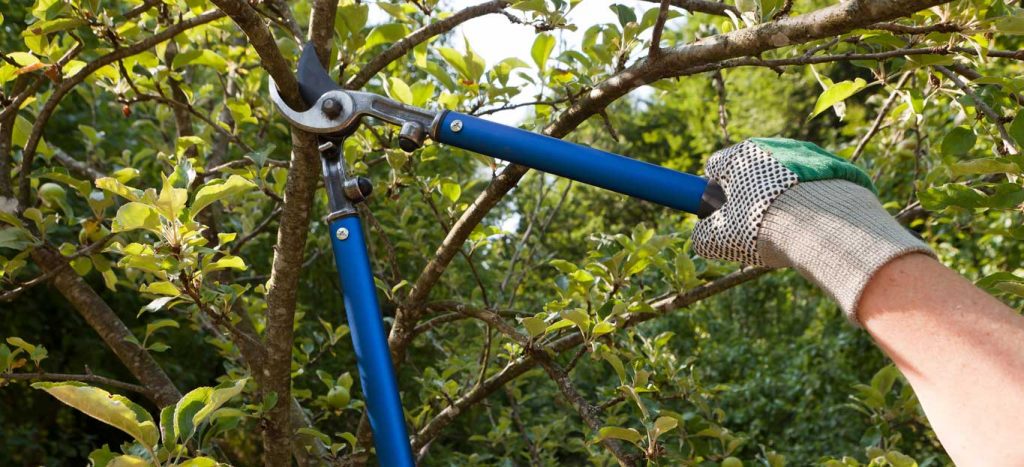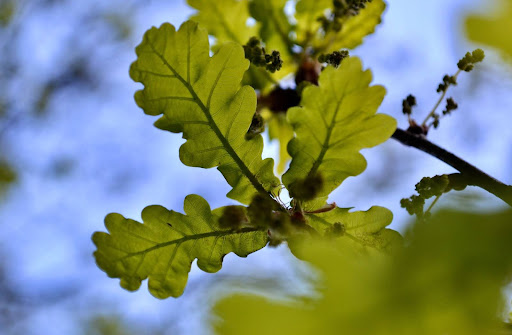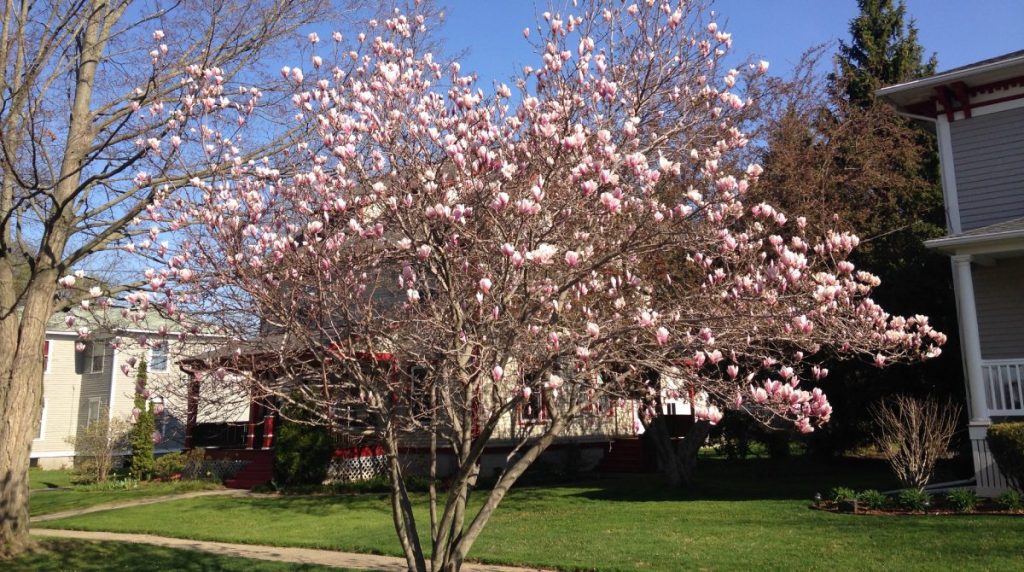Date May 08, 2023
Are you aware of the potential damage bagworms can inflict on your trees and shrubs? These seemingly harmless insects can quickly multiply and cause unsightly browning in your foliage. Fortunately, there are effective strategies for eliminating these pesky pests and safeguarding your plants. As a professional resource for all your gardening needs, we are here to guide you through the process of eradicating bagworms from your landscape. Let’s explore the best practices for evicting these unwanted guests and preserving the beauty of your garden.
Identifying Bagworms
Hanging Bagworms via Flickr by Scott Hughes
First things first, let’s make sure you’re dealing with bagworms. These destructive insects often go unnoticed because their cocoon-like “bags” can be easily confused with pinecones. To identify them, look for spindle-like bags made of silk and parts of foliage, brown in color, with spines throughout, measuring about 2 inches long. If you find these bags holding approximately 500 to 1,000 eggs, you’ve got a bagworm infestation on your hands.
Bagworms are particularly fond of conifers, such as juniper, pine, arborvitae, cypress, cedar, and spruce. However, you might also find them on smaller shrubs and bushes.
Treating the Infestation
Now that you’ve identified the culprits, it’s time to take action. Here are some effective strategies for getting rid of bagworms and protecting your trees and shrubs:
Handpicking
If the infestation is not too large, try handpicking the bagworm cocoons off your plants and submerging them in a bucket of soapy water. This method is most effective if the larvae haven’t left the bags to go out to feed.
Biological Control
You can harness natural predators, such as bacillus thuringiensis bacteria and sparrows, to control the bagworm population. These predators feed on bagworm larvae, helping to keep their numbers in check.
Chemical Control
If the infestation is more severe, you can use chemical insecticides, such as malathion, diazinon, or carbaryl. Apply these products to bushes and trees when the worms are still young larvae. This timing is crucial, as chemical control methods are ineffective once the caterpillars have stopped feeding.
Hire a Professional
Professional exterminators or arborists will have the tools and experience to take care of an infestation quickly and thoroughly.
Prevention and Maintenance
After treating the infestation, it’s essential to prevent future bagworm attacks. Here are some tips to keep your trees and shrubs safe:
- Regular Inspections: Keep an eye on your vegetation, especially conifers and smaller shrubs, for signs of bagworm activity. Early detection can help you deal with the problem before it becomes severe.
- Handpicking: Continue to handpick any bagworm cocoons you see and dispose of them properly.
- Preventative Treatments: Apply preventative applications of bagworm pesticide to your trees and shrubs to keep these pests at bay.
Remember, early summer (May and June) is the best time to treat bagworms. By acting quickly and using the right treatment based on the season, you can minimize damage and protect your trees and shrubs from these destructive pests.
Getting rid of bagworms requires a combination of identification, treatment, and prevention strategies. By following the tips outlined in this article, you can effectively protect your trees and shrubs from these pesky insects, ensuring a healthy and thriving garden all year round.
